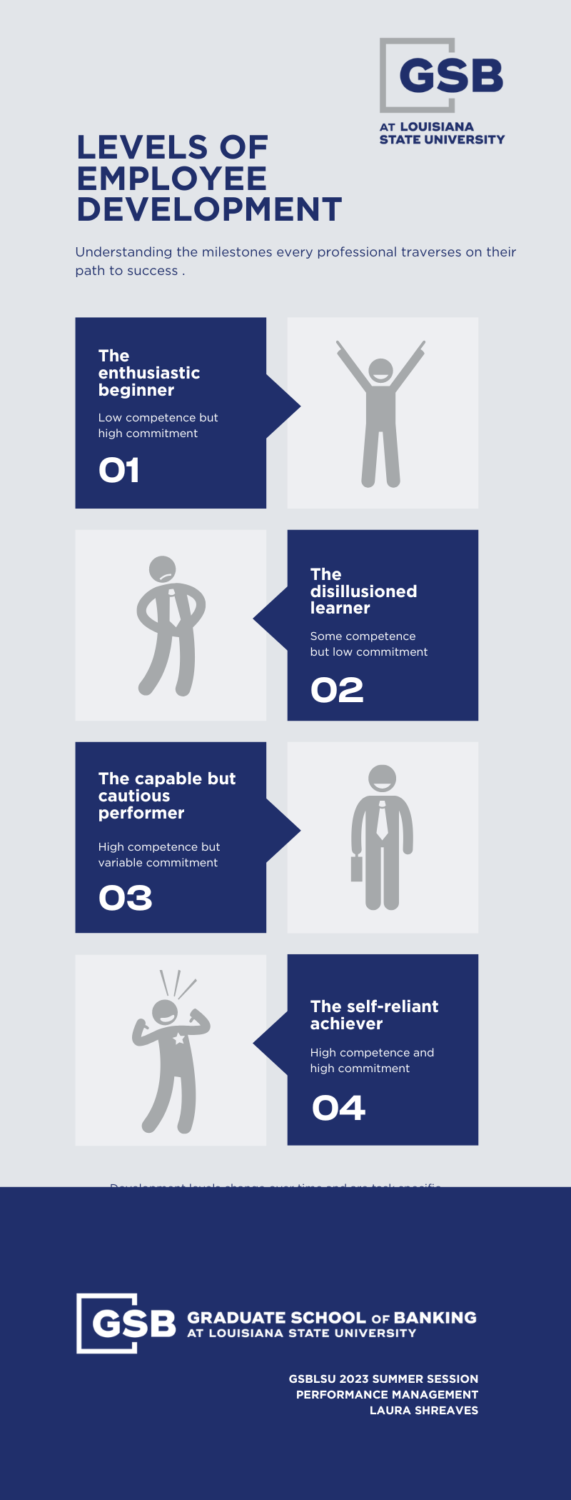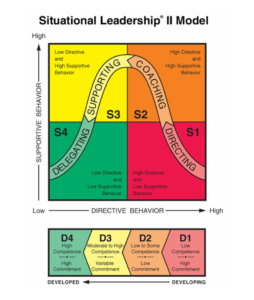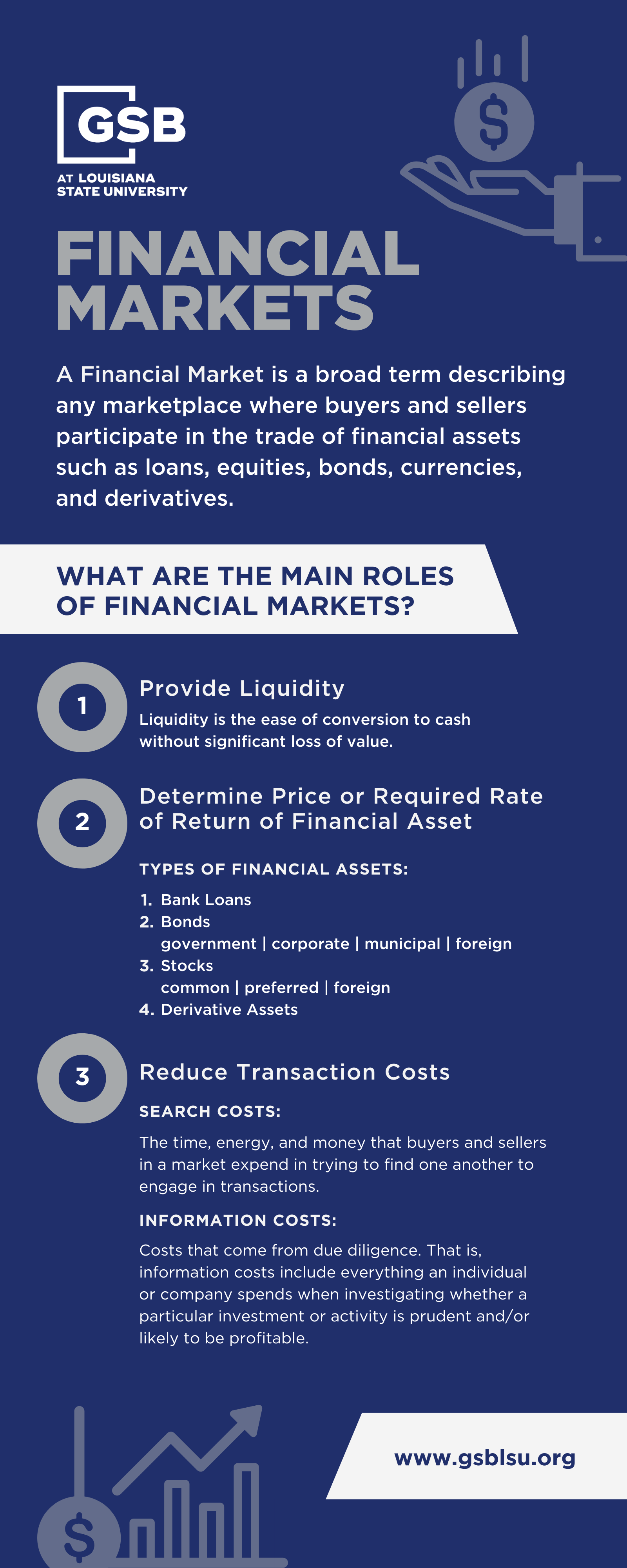Important Leadership Traits for the Banking Sector
Everyone should strive to develop leadership qualities regardless of their title or position. These skills are valuable in various aspects of life, from managing an organization to leading a team to being a parent. At GSBLSU, we understand the significance of leadership skills in banking and other fields, so we focus on cultivating these qualities in our future graduates. Here are five critical aspects of leadership that we encourage our students to develop for a successful future.
Have a Vision & Share it Openly
Studies have shown that a significant percentage of management needs more trust in their senior leadership, as they question their leaders’ ability to execute their plans. Future leaders must be able to articulate their vision and gain the support of their team. An idea can only come to life if people willingly commit to it, which takes place when there is a compelling opportunity for people to address their concerns.
Seek Honest Feedback
Effective leaders are self-aware and constantly evaluate themselves. They actively seek honest feedback from their team and are willing to address their weaknesses. This fosters trust, builds relationships, and drives results.
Be Willing to Adapt to Change
The banking industry is evolving rapidly, making strategic flexibility a highly desirable trait. Leaders in this industry must be able to adapt and change course when necessary. Constantly monitoring and reviewing products, programs, technologies, and market positioning are essential to a bank’s responsiveness.
Prioritize Networking and Communication
Leaders take advantage of informal networks to understand people’s perceptions. A deep understanding of how innovation occurs can improve performance and reduce inefficiencies. Leaders can gain a solid understanding of the industry by developing informal social circles, building customer relationships, and joining networking groups.
Focus on Preparation & Risk Management
In many cases, employees hesitate to communicate potential risks due to fear of disrupting the status quo. Future leaders must implement risk management practices to prepare everyone on their team for unforeseen crises. An open and progressive culture that embraces potential risks or situations will help prepare the organization for changes in the industry.
Leadership qualities are crucial for success in various aspects of life. At GSBLSU, we recognize the importance of these skills in banking and beyond. By developing a vision, seeking honest feedback, adapting to change, prioritizing communication and networking, and focusing on preparation and risk management, our graduates become influential leaders who masterfully navigate the dynamic challenges of the banking industry.
This blog has been updated for accuracy and relevance from the original post.

 Effective leadership is crucial for any bank to succeed, and one of the critical factors that fall under the purview of such oversight is the acquisition and retention of top talent.
Effective leadership is crucial for any bank to succeed, and one of the critical factors that fall under the purview of such oversight is the acquisition and retention of top talent. 

